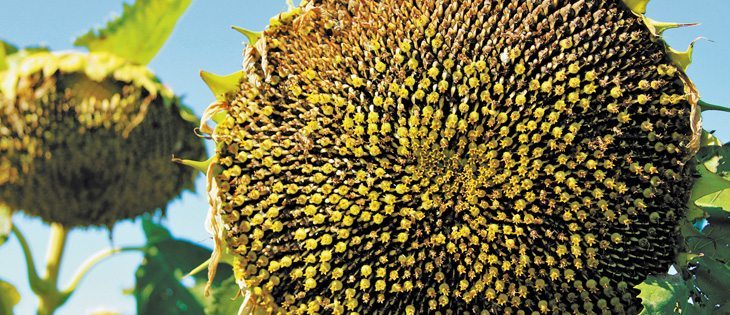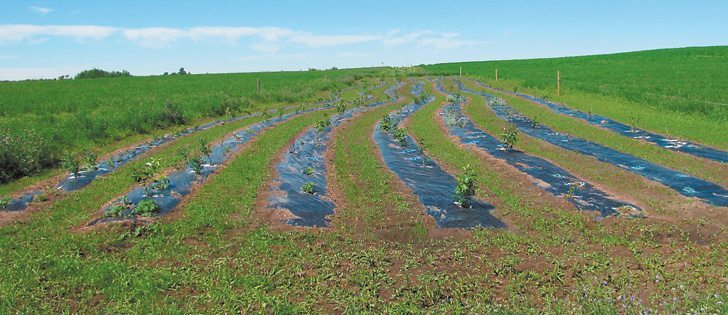Drought in the U.S. corn belt has been grabbing most of the headlines but another drought halfway around the world could have serious ramifications for wheat markets.
SovEcon is forecasting that Russia will harvest 46.5 million tonnes of wheat in 2012-13. That is well below the U.S. Department of Agriculture’s July estimate of 49 million tonnes.
If SovEcon is correct, that would be just five million tonnes more than the 41.5 million tonnes harvested in 2010-11, the year that Russia banned exports sparking a huge rally in wheat prices.
Read Also

Short rapeseed crop may put China in a bind
Industry thinks China’s rapeseed crop is way smaller than the official government estimate. The country’s canola imports will also be down, so there will be a lot of unmet demand.
Chuck Penner, president of LeftField Commodity Research, said the combination of winterkill in the winter wheat crop and drought in the spring wheat crop means Russia will have less to sell.
“It will certainly cut them back, there is no question about that,” he said.
The UDSA is forecasting 12 million tonnes of Russian wheat exports in 2012-13. SovEcon said exports will fall to 10 million tonnes, down from 21.3 million tonnes last year.
In his daily newsletter, grain industry analyst Larry Weber said vegetative maps of the former Soviet Union show that the region is in much more dire condition than is being portrayed in the media.
Drew Lerner, president of World Weather Inc., said the latest problem is with the spring wheat crop east of the Ural Mountains where a prolonged period of hot temperatures and minimal rainfall is taking its toll.
“It’s really stressing the crop in the middle of its reproductive process,” he said.
Lerner thinks the Russian government may be forced to contemplate another export ban in light of the small wheat crop coming off.
Penner said most of the winter wheat has been harvested and the spring wheat is close to being combined, so he doesn’t expect any further deterioration in Russia’s production numbers.
He anticipates strong demand for whatever Russia offers up for sale, due to the shortage of corn and soymeal caused by droughts in the U.S. and South America.
“Anyone who has feed quality (wheat) or even anything close to it is going to have a huge amount of demand sitting at their doorstep,” said Penner.
Russia might place restrictions on wheat exports for fear that pent-up feed grain demand might suck up too much wheat, resulting in a shortfall in the former Soviet Union.
Reports have also surfaced that wheat production in Australia’s largest wheat producing state is under threat.
The Australian Bureau of Agricultural and Resource Economics and Sciences is forecasting 8.7 million tonnes of production in Western Australia, down 26 percent from the previous year due to reduced acreage and yields.
That forecast was made in June. Rainfall has been paltry since then. The state received 10 to 25 milli-metres of rain in the first half of July, which is about 10 to 50 mm below the long-term average.
But Penner said it is far too early to write off Australia’s winter wheat crop, which is planted in May-June and harvested in November-December.
Early season rainfall may have been patchy in Western Australia but a good chunk of the wheat belt has received decent moisture.
“It’s still not a bad crop there at this stage anyway,” said Penner.















